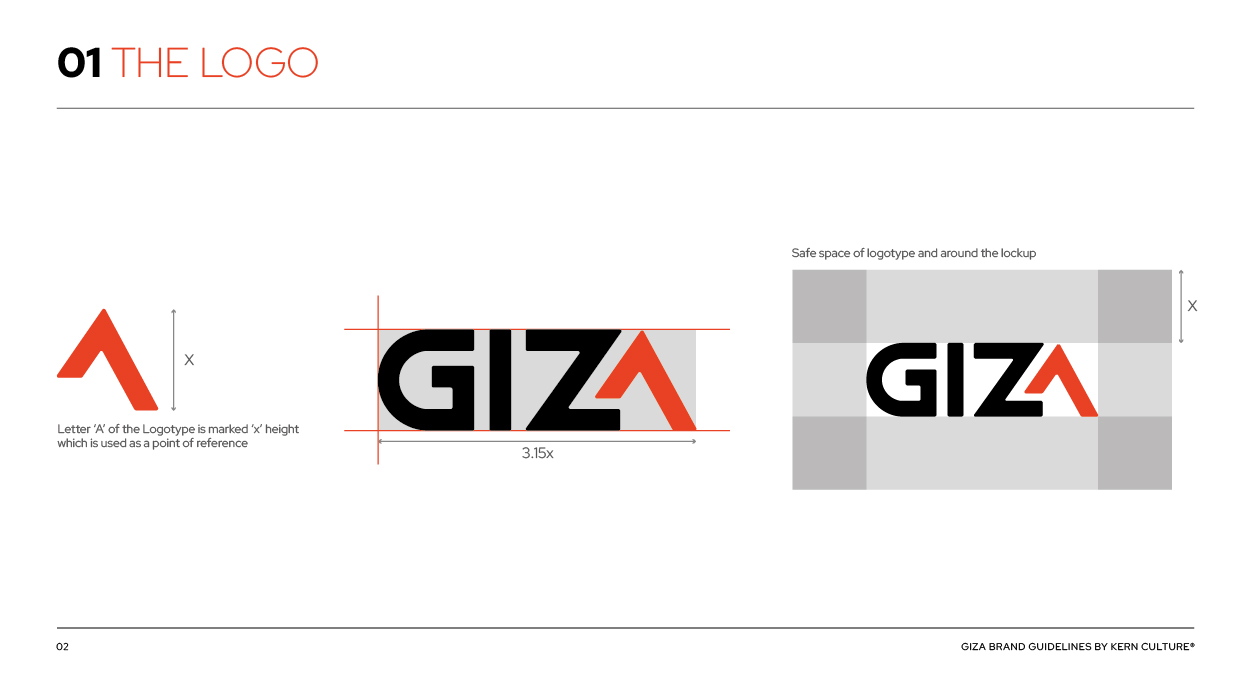
About SiliconIndia: It is a US-INDIA Magazine which provides the most relevant content by projecting stories of entrepreneurs, businesses updates and technology. Over the last decade, SiliconIndia.com has emerged as the most trusted source for news and information for professionals.

Using the “kerning phenomena” as a tool to empower brands, Kern Culture talked about how their unique and integrated design approach is able to provide holistic branding solutions with world-class design. Through this article, Kern Culture wanted to convey a strong message that Brands must evolve with time and more crucially, partner with someone who adapts with time.

“Kern Culture has embraced design thinking approach in whatever we do, irrespective of whether it’s a spatial design experience, creating a digital presence for a product/service, curating a complete on-site event landscape, or undertaking the digital amplification of any brand,” Says Shriya Nagi, Founder & Managing Director.
Her team of designers, marketers, and strategists create an integrated solution for all its clients using User Experience (UX) as its central theme for all its engagements. Operating across the verticals of Branding, Digital Marketing, and Spatial Designs, User Experience (UX) is at the core of everything undertaken at Kern Culture.
That’s not all. The organization is also extending its services to the Indian MSME sector and helping local brands promote their products through their new vertical ‘Brand NEEV’ (Nurturing Empowering Entrepreneurial Ventures). The new venture will also adopt a similar design approach to Brand NEEV as it has with Kern Culture. “We embrace a design thinking approach in whatever we do,” says Shriya.
The next era will require a multi-disciplinary approach for brands to succeed. That’s a challenge Shriya is more than ready to embrace and take Kern Culture to the next level by expanding the portfolio of offerings and collaborating.
Challenge
A patented Ayurvedic product was trapped in a clinical identity, with medicinal packaging and a logo that failed to inspire hope.
The initial brand direction was generic, risking getting lost in a sea of predictable health warnings. Our own exhaustive research uncovered a crucial insight: the core audience was younger and more influenced by aspirational trends than by clinical education.
The challenge was to pivot from a sterile, educational approach to an engaging, culturally relevant brand that could build a genuine movement.

